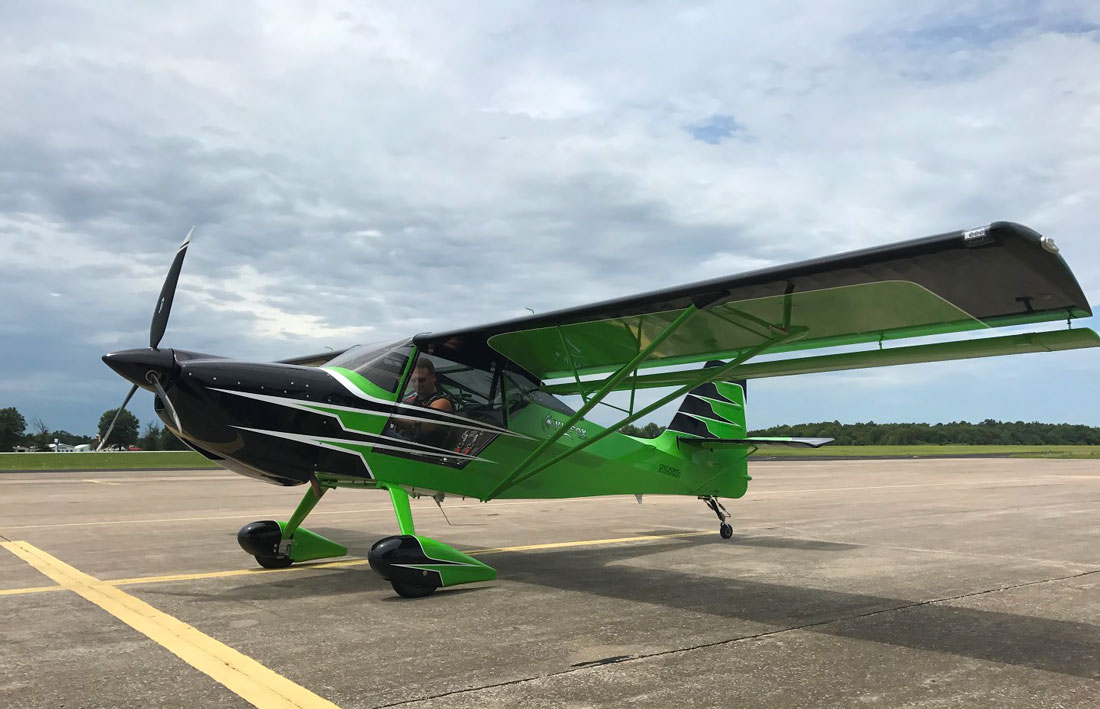UPDATE – 7-15-16
Today, President Obama signed an FAA Extension into law that contained medical reform language. Click here for more details.
Will the Third Time Be the Charm for Third Class Medical Reform Language Making It Through?
The US senate has just passed third class medical reform language for pilots for the third time in the last six months. In December, the Pilot’s Bill of Rights 2, containing third class medical reform language, was passed unanimously as a standalone bill. Then, in April, PBR2 language was also included in the Senate’s FAA reauthorization bill that passed by a vote of 95-to-3. And finally, just this past Tuesday, June 14th, PBR2 language was again passed by the Senate as part of the National Defense Authorization Act, by a vote of 85-to-13.
Aviation-related bills continue to be held up in the House due to an ongoing debate about privatization of the air traffic control system that’s currently part of the House FAA reauthorization bill. This bill also includes medical reform language. AOPA officials are now calling on their members, and the general aviation community at large, to contact their elected representatives in the House and urge them to pass S.571, or as it’s popularly known, the Pilot’s Bill of Rights 2.
“Third class medical reform is vitally important to AOPA members and the entire general aviation industry,” said AOPA President Mark Baker. “Elected officials listen to their constituents — that’s why we’re asking our members to reach out and help get these reforms over the finish line. The bill has strong bipartisan support, and it’s time for the House to take action to get it into law.”
“Medical reform has nothing to do with air traffic control privatization, but it has everything to do with improving safety for general aviation pilots,” added Jim Coon, AOPA Senior Vice President of Government Affairs. “Having passed the Senate three different times over the past six months and with nearly 200 bipartisan cosponsors in the House, we believe this shouldn’t be held up any longer.”
If you aren’t sure on the process for contacting your representatives, AOPA has a sample letter on their site for this purpose and the National Business Aviation Association (NBAA) has a section on their site for contacting Congress.
Featured Image: David Kinney















Leave a Reply